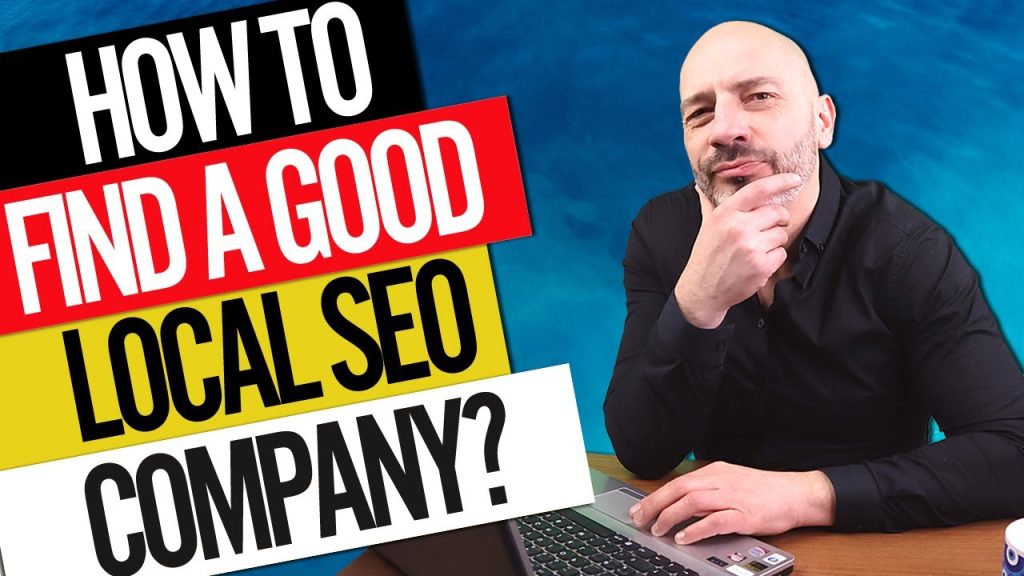In lesson 1.2 of our SEO basics course, you’ll learn what search intent is and how to determine it using the 3C formula.
Optimiza tu éxito en línea con nuestro servicio de SEO y lleva tu marketing digital al siguiente nivel:
✔️Clic aquí para posicionar en primera página.
Si buscas en inglés o puedes usar el traductor, tienes más de donde elegir:
✔️Here i show you a top rated service: Click Here.
✔️And Here i show you more services.
Hey, it’s Sam Oh, and welcome to the second lesson which is on search intent. And I touched on this in the first lesson on SEO basics, but I really want to take some time to unpack what it is and how to use it in keyword research. Reason being, if you can’t match searcher intent, then you probably aren’t going to rank for your target keywords. So again, search intent represents the reason behind a searcher’s query. And matching search intent is one of those must-do things to show search engines that your page will fulfill their goal to deliver the most relevant results for any given query. And while it might sound like you’re trying to satisfy Google, what you’re actually doing is learning what you need to do to satisfy the searcher’s intent. Identifying search intent is usually quite easy. All you have to do is search for the keyword you want to rank for and then analyze the top-ranking results. And the top-ranking results are a great proxy to understand search intent because Google understands what searchers want, probably more than anyone else. Now, "analyzing" is kind of a jargony word, but I have a simple 3-prong formula you can use. It’s called the three C’s of search intent. The first C is content type. Content type can usually be categorized into blog posts, videos, product, category, and landing pages. For example, the dominant type of pages for the query "best golf shoes" are blog posts. The second C is content format. And this applies more to blog posts and landing pages. A few common blog formats you’ll see are how-tos, step-by-step tutorials, list posts, and opinion editorials. For a landing page, that might be something like a tool or calculator. Again for the query "best golf shoes" you’ll see that all of the top results are listicles, which makes sense because the word "best" implies that a comparison needs to be made. And the third C is content angle, which often depicts the "benefit." It’s basically your hook as to why someone should click and visit your page. For "best golf shoes," you’ll see that every post has gone with the "freshness angle," which is evident based on the current year being in the titles. In my opinion, this is the least important and often least consistent among top-ranking pages. Now, this is just one example of search intent for a keyword. Let’s go through a few more examples to really drill in this concept. The first example is for the query "how to swing a golf club." The dominant content type is clearly blog posts. But you’ll also notice that a YouTube video is ranking ahead of the blog posts. So this tells us that it may be worth creating both a blog post and video to potentially get two different spots in the search results. As for content format, they’re clearly all how-tos. And seeing as the nature of the topic would require a step-by-step procedure, that’s probably the route you’d want to go too. And you can confirm this by actually visiting some of the top-ranking pages. Now, with content angle, it appears as though "for beginners" or "basic" seems to be the right way to approach the topic . The second example is for the query "golf clubs." Looking at the SERP, you’ll see that they’re all ecommerce category pages. Which tells us that when people search for this query, they’re likely in shopping mode. Now, seeing as content format applies mostly to blog posts and landing pages, it wouldn’t be applicable here since we’re looking at ecommerce category pages. As for content angle, it seems to be mostly about deals — so saving money on golf clubs. Alright, the final example is for something like "golf bags." Looking at the SERP, you’ll see something a bit different. We have a mixed SERP. Content type for the top-ranking page is an ecommerce category page. Then we have a couple of blog posts on the best golf bags. And we also have an outlier on how to buy golf bags. And towards the bottom half of the results, we have more ecommerce category pages. So what do you do? Well, in order to make an educated decision, we still need to lay some foundation work. So we’ll revisit this example in a later lesson. For now, you should have the basics of search intent down, and tomorrow we’ll be publishing the next video which is on the first step of the keyword research process: keyword generation. So make sure to subscribe so you don’t miss that. And if you’re watching this video at a later date, then check the description because we’ll have a link to the entire course there. See you in the next lesson.
Posiciona en primera página con un servicio SEO rápido y de calidad:
✔️Clic aquí para llevar 10 veces más tráfico a tu contenido y ofertas.
En inglés:
✔️Here i show you a top rated service: Click Here.
✔️And Here i show you more services.
